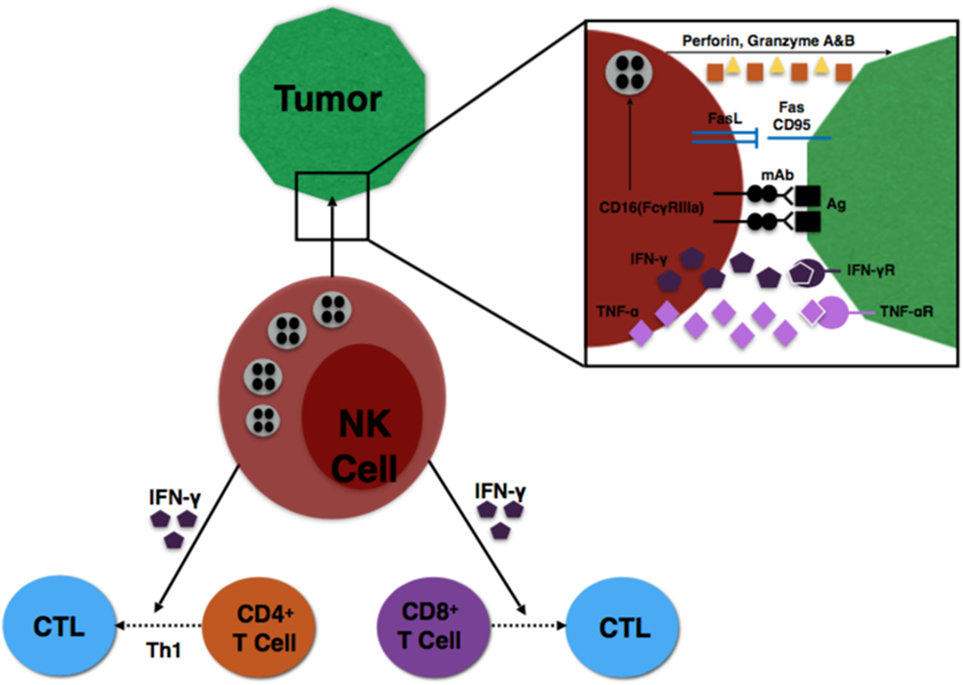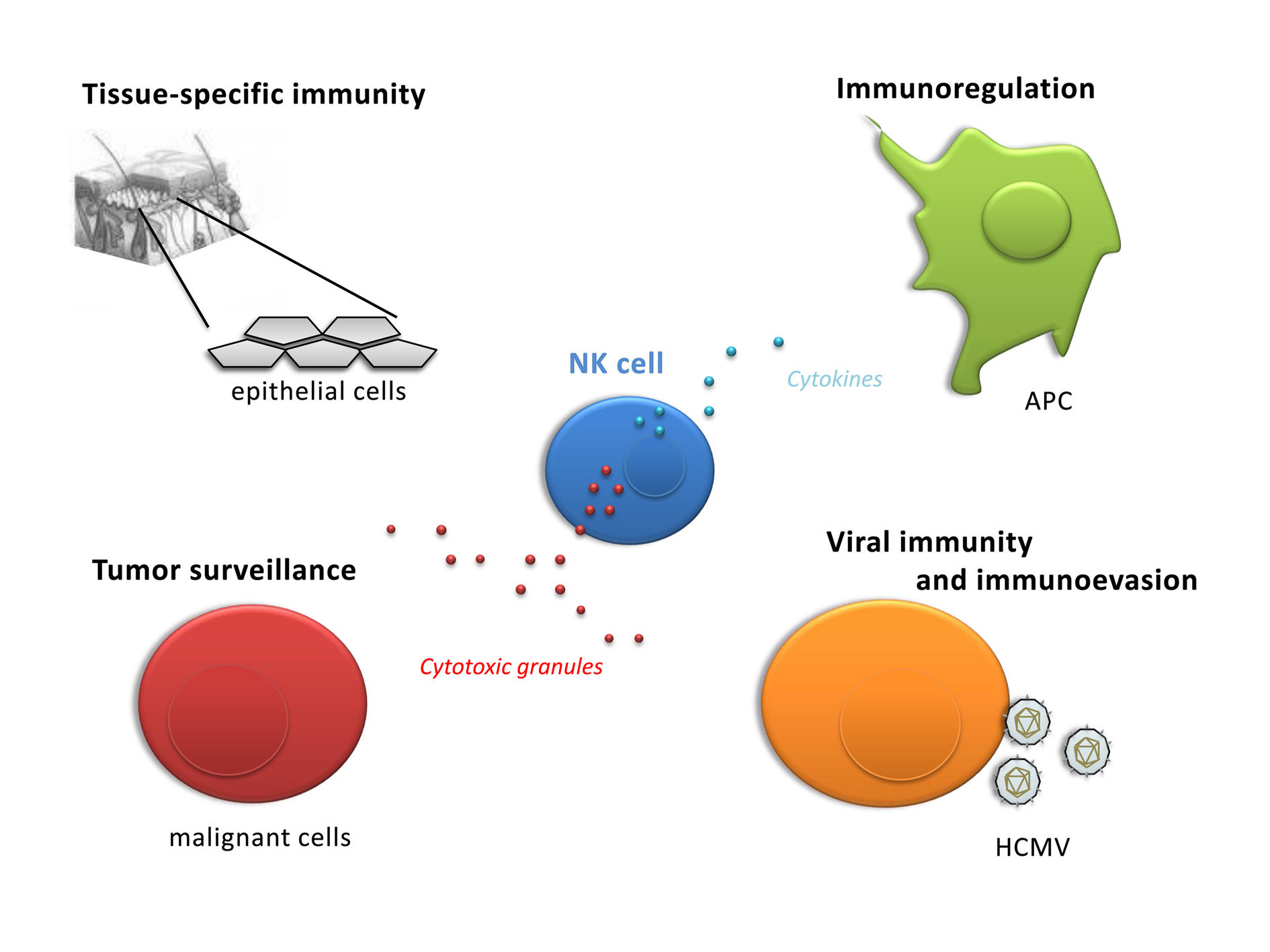

(D) Higher percentage of activated CD8 T‐cells in the livers of HFHC wild‐type mice compared to Chow wild‐type, Chow CD1dKO, and HFHC CD1dKO mice. (C) Graphical depiction of NAS among the chow/HFHC‐fed wild‐type and CD1dKO mice. Liver tissue of HFHC‐fed wild‐type mice showed deposition of collagen (black arrows). (B) Masson's trichrome staining images (magnification ×200 and ×400) of liver tissue of chow/HFHC‐fed wild‐type and CD1dKO mice. Killer T cells are actually CD8 positive T cells. Liver tissue of the HFHC‐fed wild‐type mice shows vacuolated hepatocytes (red arrow). Both start in the bone marrow, but NK cells do not undergo any adaptive selection while Killer T cells do. (A) Hematoxylin and eosin‐stained images (magnification ×400) of liver tissue of chow/HFHC‐fed wild‐type and CD1dKO mice. Histology of liver tissue, Masson's trichrome staining of liver tissue, and percentage abundance of activated CD8 T‐cells in the liver tissue for chow/HFHC‐fed CD1dKO and wild‐type mice. Depletion of these cells resulted in reduced NASH progression and thus presents novel therapeutic avenues for the treatment of NASH.įibrosis Inflammation Liver Obesity Steatosis. We found that NASH has an immunological signature that includes hepatic infiltrating NKT and CD8+ T-Cells. Further, while CD1d-deficient mice were protected against weight gain on the HFHC diet, CD8 T-cell depleted mice gained weight on the HFHC diet. In comparison, CD1d-deficient and CD8-T cell depleted mice fed HFHC had lower hepatic triglyceride content, lower ALT levels, as well reduced α-smooth muscle actin ( αSMA), collagen type 1 alpha 1 ( Col1a1), collagen type 1 alpha 2 ( Col1a2) mRNA expression, lower activated resident macrophages and infiltrating macrophages and improved NAFLD activity scores. In addition human liver sections from patients with NASH showed increased CD8+ T-cells. C57Bl6/J mice fed HFHC diet had increased body weight, liver triglyceride content, serum alanine aminotransferase (ALT) levels and increased NKT cells and CD8+ T-cells infiltration in the liver. Further, to better understand the impact of these cell populations CD1d-deficient and CD8+ T-cell depleted mice were subjected to HFHC diet for 16 weeks. We used a previously established high fat high carbohydrate (HFHC) murine obesogenic diet model of progressive NASH to investigate the role of NKT cells and CD8+ T-cells in C57Bl6/J mice. We hypothesized that these same inflammatory phenotypes would be present in progressive NASH. Natural Killer T-cells (NKT) and CD8+ T-cells are known to play an important role in obesity related adipose tissue inflammation.

This chapter introduces the biology and functions of the cytotoxic lineages, CTLs, and NK cells in the immune response to infection and malignancy.Hepatic inflammation is a key pathological feature of Nonalcoholic Steatohepatitis (NASH). These distinct approaches of target recognition allow for complementary functions, with CTLs being specialized in detecting cancer cells or those infected with intracellular pathogens, such as viruses, whereas a prominent function of NK cells is to eliminate those cells where the pathogen or oncogene has blocked display of MHC class I molecules on the surface of the affected cell. In contrast, NK cells are innate lymphoid cells that use an array of invariant activating and inhibitory receptors to control their activity and specificity. CTLs through their diverse repertoire of clonally rearranged T-cell receptors (TCRs) detect specific peptide–major histocompatibility complex (MHC) class I complexes and are a component of the adaptive immune response. Although the approaches by which CTLs and NK cells kill their target cells and modulate the immune response are quite similar, the mechanisms by which they recognize their targets are distinct. Cytotoxic CD8 T lymphocytes (CTLs) and natural killer (NK) cells are two distinct lineages of immune cells that play important roles in the control of infection and in the detection and removal of cancerous cells. Tumor antigen-specific T cell and natural killer (NK) cell collaboration is indispensable for the elimination of tumor cells, including antigen-deficient tumor escape variants before metastasis.


 0 kommentar(er)
0 kommentar(er)
